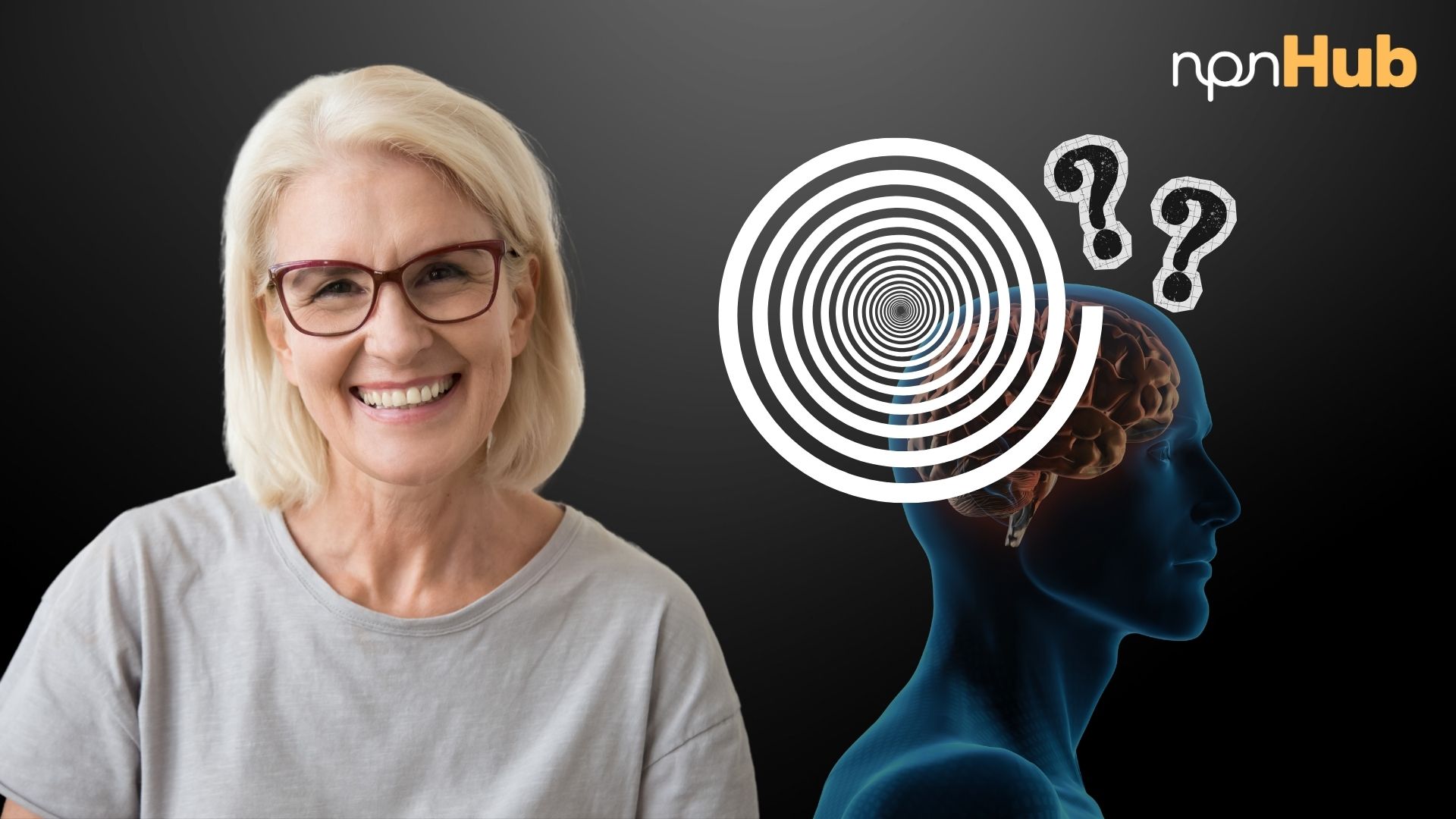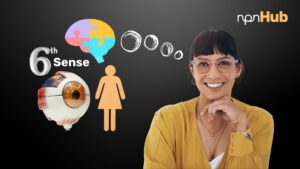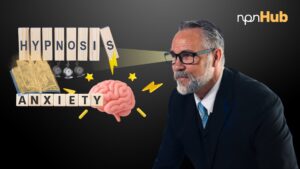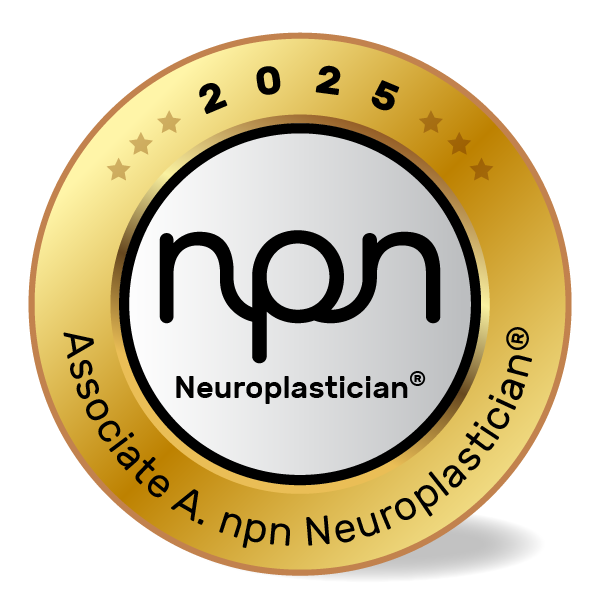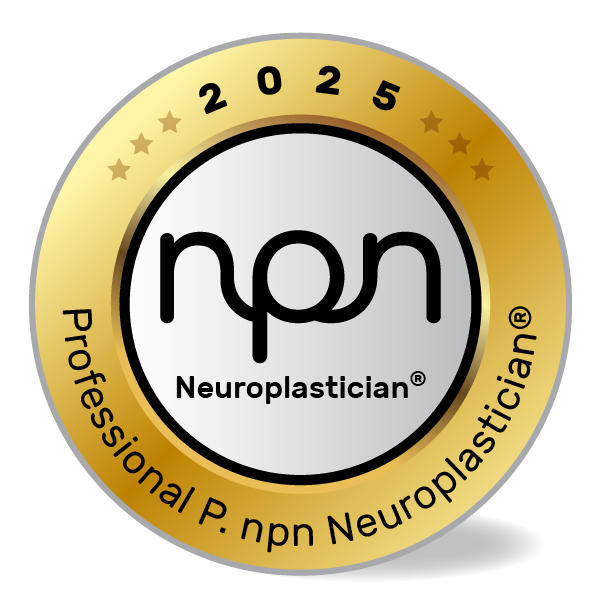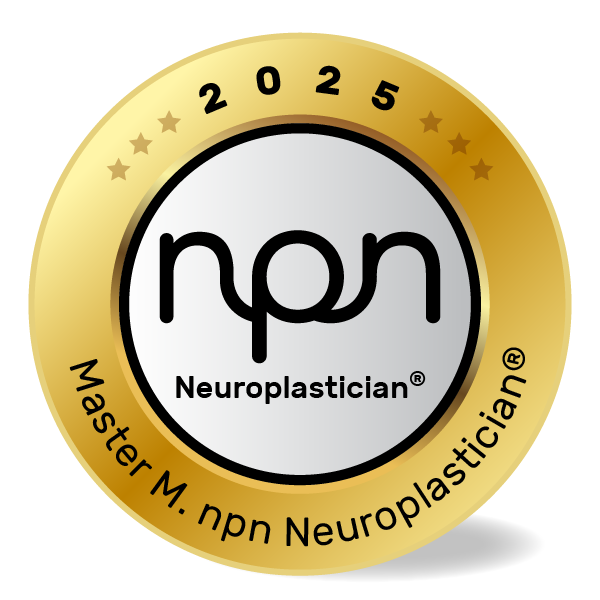Unlocking the Brain’s Healing Potential through the Science of Hypnosis
npnHub Editorial Member: Gordana Kennedy curated this blog
Key Points
- Hypnotherapy leverages the power of the subconscious to create lasting behavioral change.
- Neuroscience reveals how hypnosis alters brain activity in regions related to attention, self-awareness, and control.
- Evidence supports hypnotherapy in treating anxiety, chronic pain, PTSD, and habit change.
- Hypnosis works through neuroplasticity, strengthening new mental pathways.
- Practitioners can use hypnotherapy to support clients beyond traditional talk therapy models.
1. What is Hypnotherapy?
During a session with a client struggling with chronic stress, a neuroscience-informed coach guided her into a deeply relaxed state. Within minutes, the client’s breathing slowed, her voice softened, and a shift occurred. She later described feeling like she’d “spoken to a deeper part of herself.” This wasn’t magic—it was hypnotherapy in action.
This scenario is illustrative and not a clinical case study, but it reflects how hypnotherapy often plays out in practice: not as mind control or theatrical suggestion, but as guided access to subconscious processing.
Hypnotherapy is a therapeutic technique that uses focused attention, deep relaxation, and suggestibility to create positive change. Far from stage hypnosis, clinical hypnotherapy is supported by neuroscience and used in medical settings to reduce pain, anxiety, and trauma symptoms. According to research published in Nature Communications, hypnosis activates distinct patterns in brain connectivity associated with focused attention and reduced self-consciousness source.
Dr. David Spiegel of Stanford University has extensively studied hypnotherapy, showing its effects on brain regions involved in emotional regulation and perception. It’s not about losing control—it’s about gaining access to deeper layers of influence within the brain.
2. The Neuroscience of Hypnotherapy
Imagine a therapist supporting a veteran with post-traumatic stress. Despite months of talk therapy, the client couldn’t release a persistent loop of fear. But during hypnotherapy, a suggestion of safety embedded within a calm state led to a quiet, tearful breakthrough. He said he “saw the memory differently.” The shift was real—and supported by neuroscience.
This is a narrative example, not a clinical study, but illustrates the power of hypnotherapy when other approaches reach their limits.
From a neurological standpoint, hypnosis alters brain activity across multiple regions. fMRI scans show increased connectivity between the dorsolateral prefrontal cortex (DLPFC), responsible for executive control, and the insula, involved in internal body awareness. At the same time, activity in the default mode network (DMN)—linked to self-referential thoughts—decreases, enabling a focused, suggestible state source.
Dr. Spiegel’s research at Stanford highlights how the anterior cingulate cortex (ACC), which governs conflict detection and attention, plays a central role. Hypnosis seems to create a neurological “window” where the brain is both relaxed and highly attentive—ideal for changing entrenched patterns.
3. What Neuroscience Practitioners, Neuroplasticians and Well-being Professionals Should Know About Hypnotherapy
A well-being coach shared that one of her most resistant clients—an executive with a sugar addiction—finally made progress not through willpower, but through a single session of hypnotherapy that reframed his cravings as signals for rest. This turning point came when his subconscious became an ally, not an obstacle.
Again, this is an illustrative story, but it captures a core insight: hypnotherapy doesn’t fight the subconscious—it works with it.
Professionals should know that hypnotherapy is a validated therapeutic approach supported by studies from institutions like Harvard and Stanford. However, misconceptions still abound. Common ones include:
- Isn’t hypnosis mind control?
No. Individuals remain aware and in control. Studies show they retain agency throughout sessions. - Is hypnotherapy just a placebo?
Brain imaging confirms distinct neural changes during hypnosis, particularly in attentional and sensory areas. - Is it only useful for phobias?
No. Research shows benefits across chronic pain, IBS, smoking cessation, anxiety, and trauma (American Psychological Association).
Neuroscience professionals should feel confident in integrating or recommending hypnotherapy as part of a comprehensive, brain-aligned approach.
4. How Hypnotherapy Affects Neuroplasticity
Neuroplasticity—the brain’s ability to rewire itself—is the key mechanism behind hypnotherapy’s effectiveness. When a person enters a hypnotic state, their brain becomes more receptive to new suggestions and alternative interpretations of existing memories or behaviors. This increased receptivity facilitates the creation of new neural connections while weakening old, maladaptive ones.
For instance, research from the Harvard Medical School has shown that guided visualization during hypnosis can decrease pain perception by down regulating activity in the somatosensory cortex and upregulating the anterior insula and prefrontal cortex. These changes are not fleeting—they reflect long-term neural remodeling through repetition and reinforcement.
In effect, hypnotherapy provides a fast track to the neuroplastic mechanisms that underlie emotional regulation, habit change, and resilience. When practiced consistently, it can recalibrate the default settings of the brain.
5. Neuroscience-Backed Interventions to Improve Hypnotherapy Outcomes
Why Behavioral Interventions Matter
Many clients are stuck in conscious patterns that they intellectually understand but can’t change. Hypnotherapy offers a unique tool to shift the subconscious beliefs that drive these patterns. Practitioners can use the following strategies to guide their clients through these internal transformations.
1. Anchoring Safety through Breathwork
Concept: Combining hypnotic suggestion with breath regulation engages the vagus nerve, calming the limbic system (Porges’ Polyvagal Theory).
Example: A mindfulness coach guides a client into hypnosis by pairing breath cues with affirmations of safety and ease.
✅ Intervention:
- Begin sessions with rhythmic breathing exercises (4-6 breaths/min).
- Use phrases like “With each breath, you feel more grounded.”
- Link breath patterns to calming imagery during trance.
- Reinforce parasympathetic dominance using soft voice modulation.
2. Memory Reconsolidation under Hypnosis
Concept: Hypnosis can alter the emotional tone of memories by accessing the reconsolidation window (LeDoux, 2000).
Example: A trauma-informed therapist helps a client revisit a painful memory in trance, then embeds new emotional associations.
✅ Intervention:
- Use hypnotic regression carefully and with consent.
- Introduce new, safe narrative elements while the client revisits the memory.
- Reaffirm the client’s current safety and autonomy.
- Follow up with journaling or integration techniques post-session.
3. Future Pacing with Positive Suggestion
Concept: Visualization of successful outcomes strengthens prefrontal-hippocampal circuits, increasing goal-motivation alignment.
Example: A coach helps a client visualize confidently giving a presentation, reinforcing self-efficacy.
✅ Intervention:
- Ask the client to vividly imagine a future situation with all senses engaged.
- Use hypnotic language: “You will find yourself naturally calm and focused.”
- Repeat future-pacing during daily routines for reinforcement.
- Link the visualization to a real-life goal or milestone.
4. Cue-Based Habit Disruption
Concept: Hypnotherapy can modify cue-response loops in the basal ganglia through repetitive suggestion (Graybiel, MIT).
Example: A client who bites nails unconsciously begins associating the urge with visualizing calm hands.
✅ Intervention:
- Identify the client’s habitual cue (stress, boredom).
- Embed an alternative behavior during trance (“You reach for a pen instead…”).
- Use post-hypnotic cues such as touching fingertips or repeating a word.
- Reinforce daily with short, 5-minute reinforcement recordings.
6. Key Takeaways
Hypnotherapy bridges the conscious and subconscious mind, enabling clients to rewrite the mental scripts that shape their behaviors, perceptions, and health. Rooted in neuroscience, it’s not fringe—it’s a frontier of emotional and cognitive transformation.
Practitioners ready to go beyond talk-based interventions will find hypnotherapy a powerful addition to their toolkit, particularly for clients with trauma, anxiety, or ingrained habits.
🔹 Hypnotherapy changes brain activity in ways that enhance focus, reduce inner resistance, and promote change.
🔹 It works through neuroplasticity—strengthening adaptive circuits while weakening harmful ones.
🔹 Professionals can combine hypnotherapy with coaching, CBT, and wellness practices for more profound results.
🔹 Research from Stanford, Harvard, and APA validates its use across diverse settings.
🔹 The subconscious isn’t an enemy to conquer—it’s a partner in healing.
7. References
- Spiegel, D. et al. (2016). Brain mechanisms of hypnotic induction and suggestion. Nature Communications. Link
- LeDoux, J. (2000). Emotion circuits in the brain. Annual Review of Neuroscience.
- Porges, S. (2009). The Polyvagal Theory: New insights into adaptive reactions of the autonomic nervous system. PubMed
- Graybiel, A. (2003). The basal ganglia and chunking of action repertoires. Nature Reviews Neuroscience. Link
- American Psychological Association. Hypnosis for chronic pain and anxiety.

